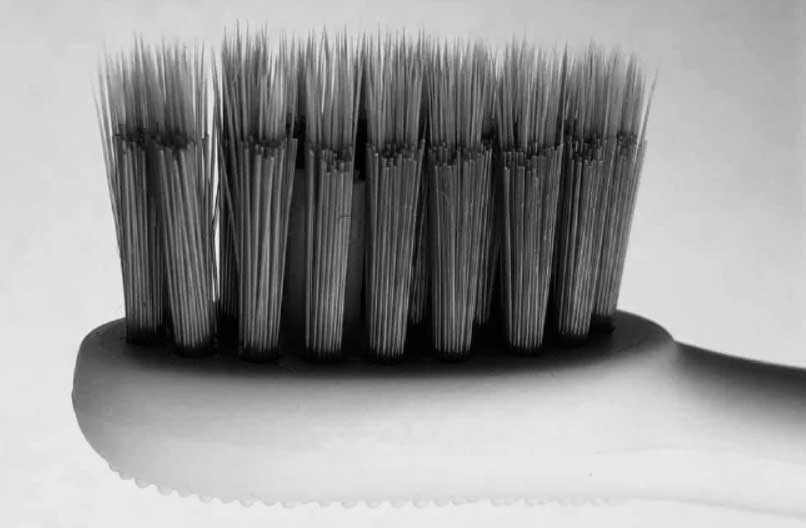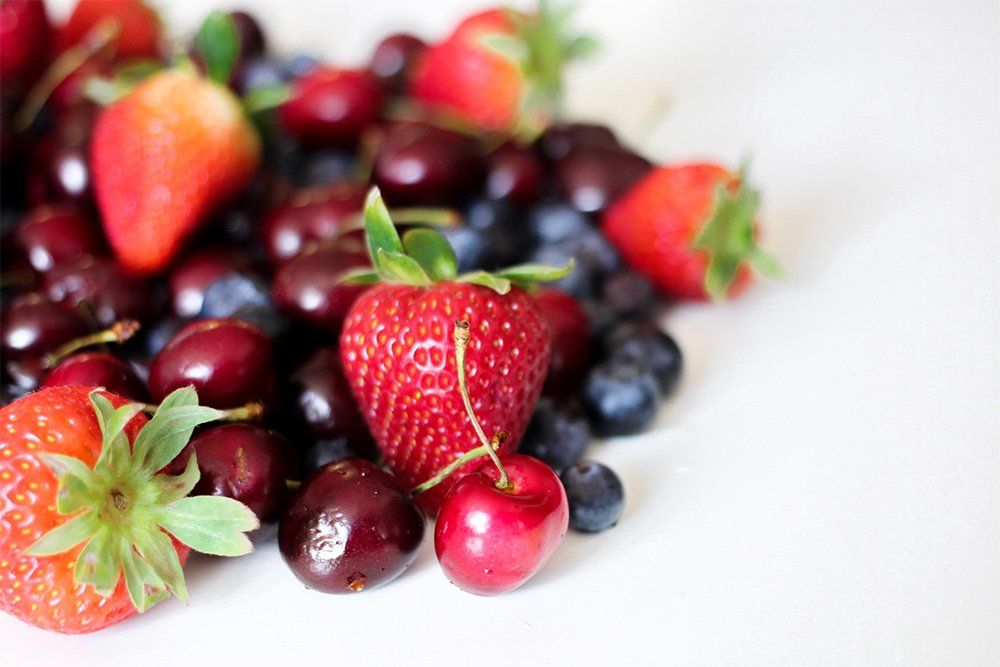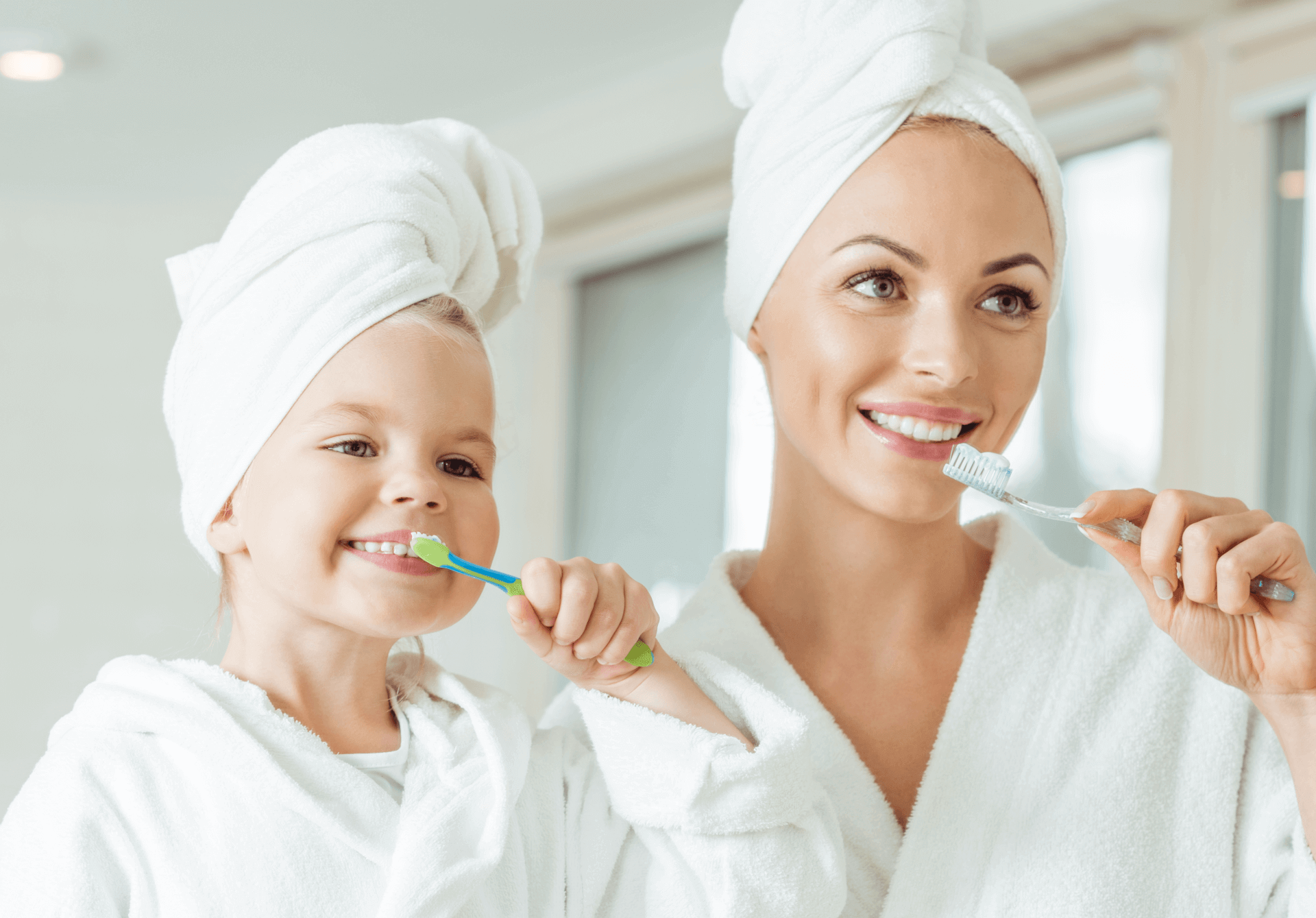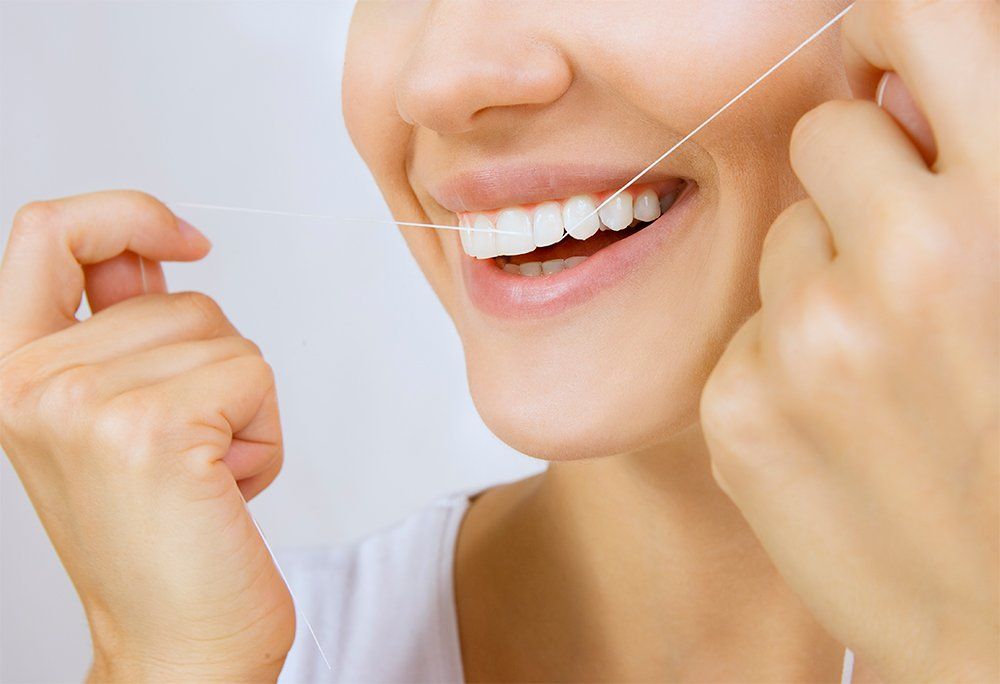
Call: (850) 623-0137
PATIENT EDUCATION
Patient Education
How to Brush Your Teeth
The first step is to choose a good toothbrush. You always want to use a
soft brush with a small head. A soft brush is hard enough to remove
plaque and soft enough not to damage your teeth or gums.
The next step is to choose a good toothpaste. Toothpastes that
contains Fluoride are typically the best as they help strengthen your
teeth and prevent cavities. Some examples of toothpastes are Colgate
and Crest.
There are many different techniques for brushing your teeth but one of
the most popular ones is described here:
Hold the brush with a 45 degree angle toward the teeth and the gum.
Gently brush your teeth in a circular motion so that you brush the tooth
and the gum tissue. Do this circular motion across the front of the teeth
and then move towards the top of the teeth, and onto the inside of the
teeth by the tongue. Brush your teeth for 2-3 minutes twice a day,
preferably after eating to ensure plaque and food debri does not build
up on the teeth.
How to Floss Your Teeth
The surfaces that are between teeth are not accessible to brush;
Therefore, the best way to clean them is with flossing. The frequency of
flossing is like brushing and ideally after each meal, though one time a
day (before going to bed) is the minimum necessary.
To start, cut a piece of dental floss (approximately 2 feet). Wrap both
sides of the floss around your middle fingers. Using your index and
thumb move the floss in between all your teeth one by one. When
flossing, make sure you are not cutting your gums.. In each space in
between the teeth, press the floss against each tooth (hug the tooth)
and gently move it back and forth and up and down and then move to
the opposite surface of the adjacent tooth.
Electric Brush Versus Manual Brushes
Theoretically you could do a very good brushing with a regular hand
brush, but the movements of an electric brush make the task easier and
more efficient. Electric toothbrushes do all the work for you. All you
have to do is let it rest on the tooth and gum surface and it cleans for
you. This is a great option for everyone to clean their teeth more
effectively. Please let us know if you have an interest in an electric
toothbrush as we may be able to get you a discount on an electric
toothbrush.

Bad Breath
There are a few different causes for bad breath. It can be caused by
stomach issues, diet, and the mouth. Most of the causes can be found
in the mouth, they are:
● Tongue (when bacteria grows in between the papilla)
● Teeth cavities (especially when food particles get stuck in them)
● Gum diseases
● Dentures when not cleaned properly
● Alcohol and tobacco use
If you or someone you know is concerned about bad breath, the first
step is a dental check up. Your dentist will be able to confirm or rule out
teeth or mouth as the source of bad breath.
Following a good oral hygiene routine and getting regular check ups
with your dentist are the best ways of preventing bad breath.

Dental Health and Your Diet
Sugar is the main cause of dental decay when there is bacteria present..
Snacking is one of the ways to cause tooth decay. Each time you eat or
drink something, it raises the acid level in your mouth. This is why, if you
must have juice or soda, it is best to drink it all in one sitting, instead of
sipping on it throughout the day. If you must snack or eat sugary snacks,
it is best to rinse your mouth afterwards to help bring the pH of the
mouth back to a healthy level. Of course, once you are done eating, it is
always best if you can brush and floss your teeth afterwards.
Eating healthier foods that have less sugar are not only better for your
overall health, but your teeth too. This way, the teeth are exposed to less
sugar. Another group of food that causes significant damage to teeth
structure is acidic foods. Things like lime, lemon and grapefruit, if in
frequent contact with teeth, can cause serious irreversible damage
(erosion) to your teeth.
You can also chew on sugarless gum that has Xylitol in it. There are
some studies that show that Xylitol helps keep the mouth healthier.

Fluoride and Decay Prevention
Many years ago scientists started to notice that children who were born
and raised in areas with natural fluoride in drinking water had less
cavities than children in other areas.
Fluoride that is absorbed by your body when teeth are forming (during
mother's pregnancy to early childhood) integrates into the structure of
enamel and makes it stronger.
The Fluoride that is inside your toothpaste and what your dentist places
on your teeth helps to strengthen the enamel and reduces the chance
of tooth decay.

Contact Us
Write a message and we'll contact you shortly.
Thank you for contacting us.
We will get back to you as soon as possible
We will get back to you as soon as possible
Oops, there was an error sending your message.
Please try again later
Please try again later
Contact Us
Write a message and we'll contact you shortly.
Thank you for contacting us.
We will get back to you as soon as possible
We will get back to you as soon as possible
Oops, there was an error sending your message.
Please try again later
Please try again later
Comprehensive Dental Center
"High quality affordable dentistry with a personal touch"
Comprehensive Dental Center
"High quality affordable dentistry with a personal touch"
Comprehensive Dental Center
"High quality affordable dentistry with a personal touch"

